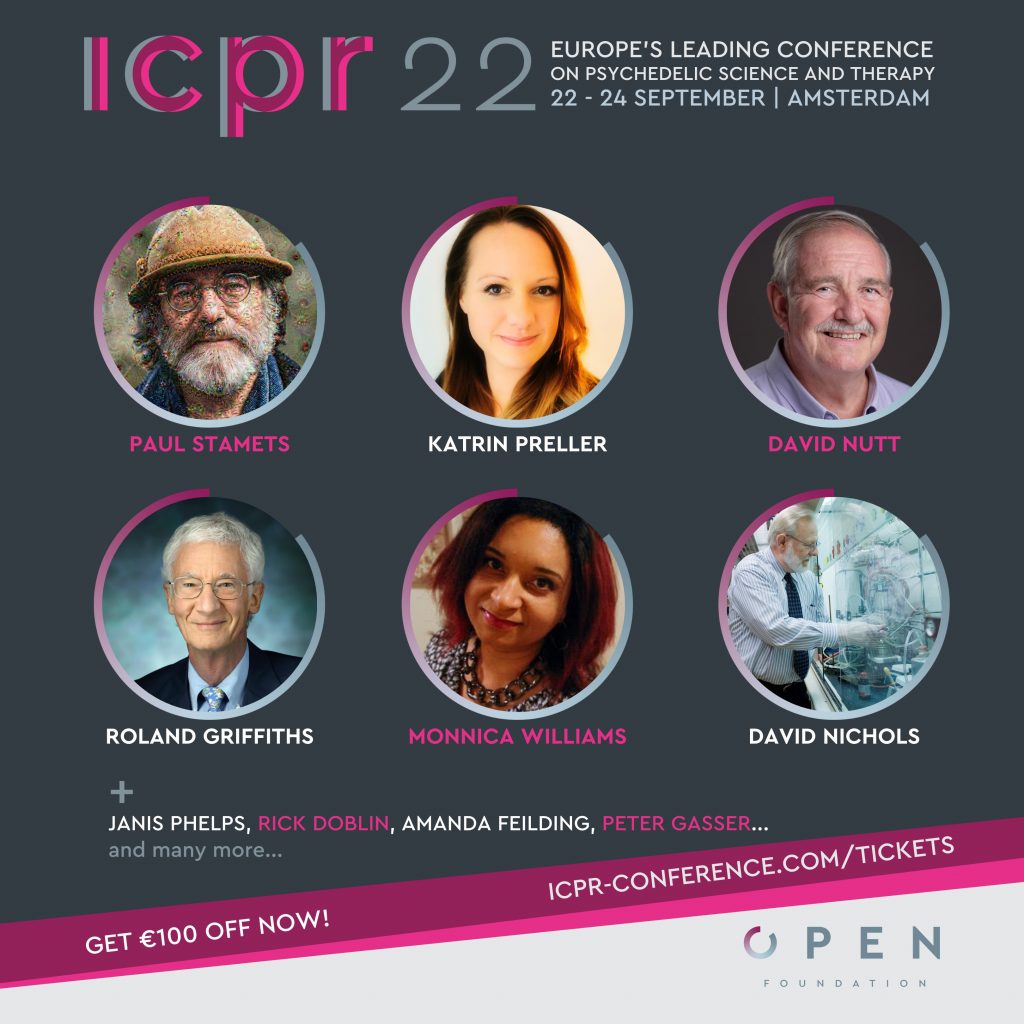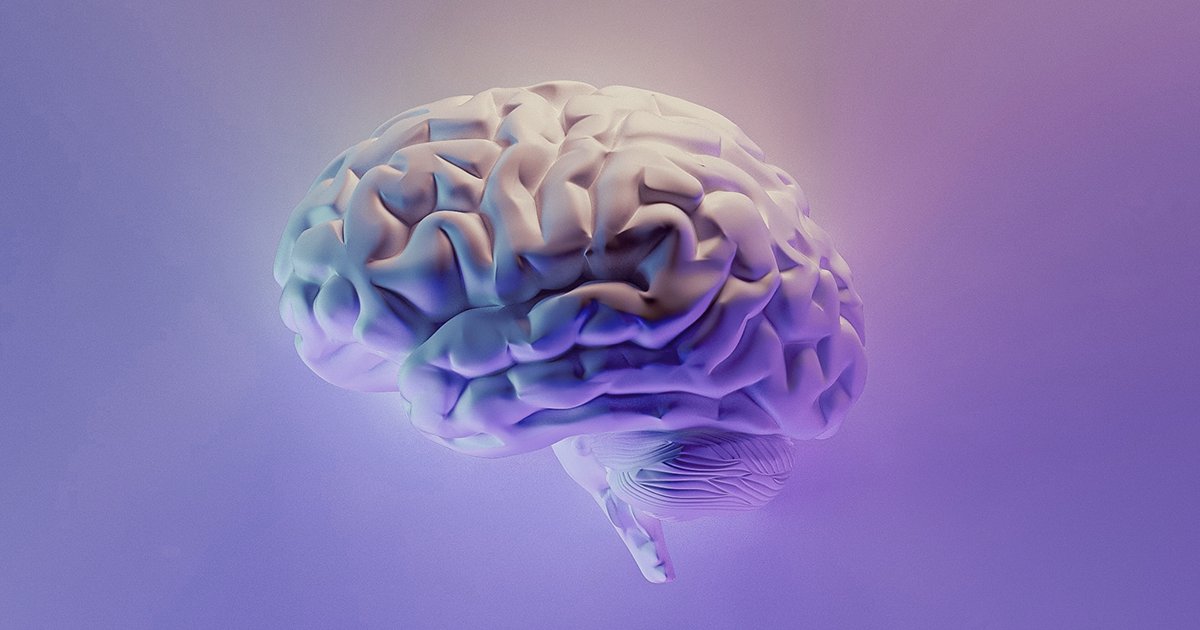Psychedelics appear to consistently produce long-lasting behavioural changes in the individuals who use them. Research focus has recently shifted to understand the accompanying changes in brain function and structure, which are hypothesised to occur through neuroplasticity. In this interview, Cato de Vos, MSc, explains what neuroplasticity is, how it can be measured in humans and animals, its importance in brain development, and the mechanisms by which psychedelic compounds and other practices can generate it.
Interviewee: Cato de Vos
ㅤ
Over the past couple of decades, accumulating evidence has shown that psychedelics consistently produce strong subjective effects, often leaving a perennial imprint on the individuals ingesting them.
The subjective effects of the acute psychedelic experience are remarkable in and of themselves. At higher doses, they may occasion mystical-type experiences, considered by the individuals who have them as some of the most meaningful experiences of their lives, on par with one’s wedding day or the birth of a child. Perhaps even more remarkable are the sustained effects of these experiences on positive changes in attitudes and behaviours, lasting up to 14 months following the experience in one study.
Other studies have found similar long-lasting effects of these acute psychedelic experiences on depressive symptoms in patients with treatment-resistant depression, on smoking cessation in nicotine-dependent individuals, and on alcohol consumption in alcohol-dependent individuals. In each case, the quality of the acute psychedelic experience predicted the long-term changes from 6 to 12 months later.
It is clear from the available scientific literature that psychedelics have an important therapeutic potential that needs to be investigated, and that therapeutic outcome may be determined by the subjective psychedelic effects. As a neuroscientist however, it is challenging to consider long-term behavioural changes without any accompanying structural or functional brain alterations. These findings pose the following question: do psychedelics affect brain structure and/or function in a way that can lead to long-term changes? And if so, by which processes?
Cato M. H. de Vos holds an MSc in neurobiology at the University of Amsterdam. She currently works as a research-assistant at the mental health organisation 1nP in the Netherlands where she assists Dr. Heval Özgen and Gerard van Kesteren (PhD cand.) in several clinical trials investigating the safety, feasibility, and efficacy of MDMA-assisted therapy. Soon, she will also start a part-time study in Psychology to become a therapist. In September 2021, she published a systematic review in Frontiers in Psychiatry, with Natasha L. Mason, PhD., and Professor Kim P. C. Kuypers, PhD., from Maastricht University.

The aim of the paper was to review the evidence pertaining to psychedelics’ ability to induce molecular and cellular adaptations related to neuroplasticity, and to see whether they paralleled clinical effects. In total, 16 preclinical and 4 clinical studies were reviewed, revealing that a single administration of a psychedelic produced rapid, multi-level changes in plasticity-related mechanisms, including changes in the expression of BDNF, a neurotrophin involved in the growth, maturation, and maintenance of neurons.
Q&A with Cato de Vos, MSc.
Question 1. What is neuroplasticity? What is its role in brain development?
Neuroplasticity is the brain’s ability to change throughout life. These changes may occur in cell structure, known as structural plasticity, or in the efficacy of synaptic transmission, known as functional plasticity. An example of structural plasticity is dendritogenesis, where dendrites – the receiving end of neurons – expand, and an example of functional plasticity is synaptogenesis, where new synapses – neuronal junctions – are formed, enabling better communication between neurons.
Structural and functional plasticity are interconnected processes at a molecular and subcellular level, which eventually give rise to changes at the behavioural level. These changes allow your brain to adapt and change, promoting the ability to learn new things, enhancing your existing cognitive capabilities, supporting recovery from strokes and traumatic brain injuries, strengthening brain areas where functionality has been lost or has declined, and boosting brain fitness. However, neuroplasticity is a double-edged sword. Changes in the structure and function of the brain can confer adaptive benefits but can also lead to maladaptive disadvantages. To illustrate, misdirected activation of neuroplasticity can cause forms of severe tinnitus (‘ringing in the ears’) and neuroplasticity in the brain’s reward system induced by repeated use of certain drugs, such as cocaine, leads to more compulsive drug use. So the risk / benefit ratio also depends on the area where neuroplasticity is occurring.
For a long time researchers believed that the brain stopped developing during adolescence, and that there was a fixed number of neurons in the adult brain that could not be replaced when the cells died. In the 1960s, neurobiologist Joseph Altman discovered the creation of new neurons in the brain. His discovery was largely ignored, until the rediscovery of adult neurogenesis by Elizabeth Gould in 1999. Ensuing research on neurogenesis has since shown that the brain can change throughout life. Specifically the hippocampus, that part of the brain involved in spatial memory, learning processes and even emotion, continues to form new neurons throughout life. Thus, neuroplasticity is the process by which the brain can modify, change and adapt structure and function in response to the environment.
Question 2. How can neuroplasticity be measured?
There are different ways to measure neuroplasticity in animals and in humans, but it really depends on the level you’re looking at. Neuroplasticity occurs at different levels in the brain (molecular and cellular), involves communication between different brain regions (structural and functional), and eventually affects behaviour, so it depends on the particular area that is being studied. When looking at the molecular level, for example, certain protein levels can be measured. If certain proteins are more expressed than others, then you can infer that they play a bigger role in the process, which can be an indication of neuroplasticity, although it’s a fairly indirect measure.
At a cellular level, a microscope can be used to examine dendrites. If you see that neurons have progressively more elaborate dendrites, that they look like a tree with more branches than before, then you can assume dendritogenesis is at work.
This type of examination can be performed in animals, but is not as easy in humans, whose brains are not as easily available for research. An alternative is measuring the levels of certain proteins – like BDNF – in the blood and other parts of the body. With humans, unlike with animals, biological and psychological parameters can be combined, which enables you to investigate the relation between biological and behavioural changes. That’s one of the things that is lacking in animal research: you can’t ask a mouse how it’s feeling.
Question 3. By which mechanisms do psychedelics induce neuroplasticity?
The changes in neuroplasticity induced by psychedelics are believed to result from the neurobiological pathways they activate. Classic psychedelics act on a serotonergic receptor called “2A” (5-HT2AR). When psychedelics activate this receptor, specific pathways – cascades of different proteins communicating and transferring a signal – are activated. These cascades, or pathways, are different to non-psychedelic-induced activations of the same receptor.
Following the activation of these cascades, two neurotransmitter systems are activated: the inhibitory serotonergic system, and the excitatory glutamatergic system. The activation of these systems leads to the release of both serotonin and glutamate and subsequently, brain-derived neurotrophic factor (BDNF), a direct indicator of neuroplasticity. Indeed, high levels of BDNF in the brain are associated with increased neuroplasticity. Psychedelics also influence neuroplasticity indirectly, by affecting the transcription of plasticity-related genes and proteins, which modulates the expression of other genes and proteins involved in neuroplasticity.
Not every study shows that psychedelic administration necessarily stimulates neuroplasticity. It’s therefore not possible to say that it always happens, but there are some good indications that it does. There is also a lot of uncertainty when it comes to the molecular mechanisms I mentioned because measuring molecular cascades is very challenging, so more research is needed to draw definite conclusions.

Question 4. Have the clinical findings in humans mirrored the preclinical findings in animals so far ?
It’s hard to compare the two. Since different techniques are used to investigate humans and animals, making any comparison is like comparing apples and oranges. They both have their pros and cons.
Clinical research can investigate both the biological and psychological parameters, which is good because you can then investigate correlations between the two. I believe the psychological state is important if you want to be able to observe improvements in the state of a patient, but it’s more difficult to measure direct biological parameters such as cerebrospinal fluid BDNF, like you can in animals. There are many translational issues, which is why we need to keep combining clinical and pre-clinical research, and be mindful of these limitations.
Question 5. Can neuroplasticity alone be therapeutic? What are your thoughts on psychedelic-inspired, neuroplasticity-inducing compounds like TBG, that lack the subjective effects of classic psychedelics?
Personally I am somewhat sceptical about not having the hallucinogenic effects in the context of therapy, but I think it really depends on the reason for psychedelic therapy, because there is a difference between using it for cluster headaches, or PTSD and depression. I believe you need to look at the origin and underlying layers or deep processes within yourself, within your system, that could cause these pathologies which are different in each of these cases. Cluster headaches might be solved with non-hallucinogenic neuroplasticity-inducing compounds, but for the psychiatric disorders – PTSD and depression for example – which are often accompanied by deep-rooted psychological issues, the hallucinogenic effects may be very important. In those cases the peak subjective experience might be necessary, as has already been shown in some studies: the stronger the psychedelic experience, the better the therapeutic outcome.
That said, I believe that everything is connected – mind and body – and we’re so conditioned to be in our heads and not be aware of what’s going on in our bodies. I feel that psychedelics can restore some of this connection, on a psychological level. Perhaps the hallucinogenic effects may also have a positive impact on cluster headaches. David Olson’s work with TGB is great in that he is making psychedelics accessible to a bigger audience. A lot of people are excluded from clinical trials because they have a history or family history of certain conditions, and they don’t have access to therapy at all, so this could be a very good thing.
Question 6. Any additional thoughts on neuroplasticity and psychedelics ?
Bear in mind that neuroplasticity can be stimulated by other means, such as taking good care of yourself, engaging in physical activity, meditation, eating healthy food and getting enough sleep. All these can be beneficial and contribute to positive treatment outcomes. We also want to be cautious here, because we don’t know when neuroplasticity stops being a good thing. I believe everything is about balance, so it is good to remain critical. As my colleague Erwin Krediet once said to me: “A plant doesn’t survive when you give it fertiliser every day, it’s too much.”
ㅤ
References:
1. Griffiths, R. R., Richards, W. A., McCann, U., & Jesse, R. (2006). Psilocybin can occasion mystical-type experiences having substantial and sustained personal meaning and spiritual significance. Psychopharmacology, 187(3), 268–292.
2. Griffiths, R. R., Johnson, M. W., Richards, W. A., Richards, B. D., McCann, U., & Jesse, R. (2011). Psilocybin occasioned mystical-type experiences: immediate and persisting dose-related effects. Psychopharmacology, 218(4), 649–665.
3. Carhart-Harris, R. L., Bolstridge, M., Day, C., Rucker, J., Watts, R., Erritzoe, D. E., Kaelen, M., Giribaldi, B., Bloomfield, M., Pilling, S., Rickard, J. A., Forbes, B., Feilding, A., Taylor, D., Curran, H. V., & Nutt, D. J. (2018). Psilocybin with psychological support for treatment-resistant depression: six-month follow-up. Psychopharmacology, 235(2), 399–408.
4. Johnson, M. W., Garcia-Romeu, A., & Griffiths, R. R. (2017). Long-term follow-up of psilocybin-facilitated smoking cessation. The American journal of drug and alcohol abuse, 43(1), 55–60.
5. Bogenschutz, M. P., Forcehimes, A. A., Pommy, J. A., Wilcox, C. E., Barbosa, P. C., & Strassman, R. J. (2015). Psilocybin-assisted treatment for alcohol dependence: a proof-of-concept study. Journal of psychopharmacology (Oxford, England), 29(3), 289–299.
6. de Vos, C., Mason, N. L., & Kuypers, K. (2021). Psychedelics and Neuroplasticity: A Systematic Review Unraveling the Biological Underpinnings of Psychedelics. Frontiers in psychiatry, 12, 724606.
Illustration modified version of Milad Fakurian on Unsplash














